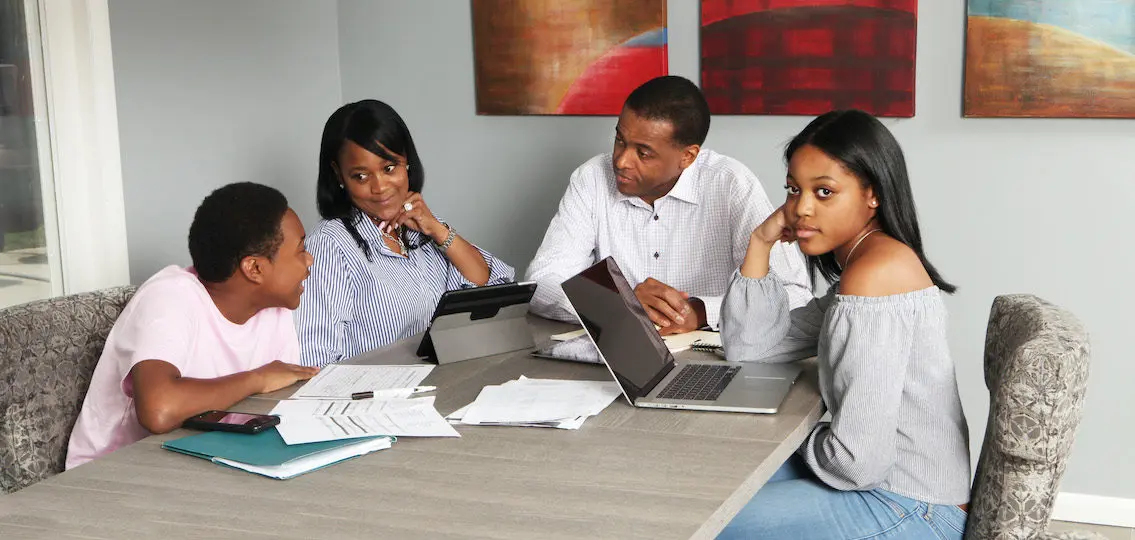Cheryl Chase admits that “there’s no book. There’s no experience to draw from for this.”
In her practice as a clinical psychologist, Chase’s specialty is ADHD and learning and anxiety disorders. Often her role includes helping families set an appropriate educational schedule. Many of her reflections are based on ADHD literature.
| [adrotate banner=”169″] |
When considering how to arrange the day, Chase stresses that parents need to “put on their own oxygen masks first.” And of course, there are no wrong answers. Parents need to factor in their own needs as well as their knowledge of their children as they plan.
Dr. Chase offers some general guidelines: video (17:25) or top tips.
Quarantine Schedule Guidelines
1. Focus on routines
We need to “throw the word schedule out the window and try to go with routine.” Routines tend to be more flexible.
2. Find some anchors
“Now is the time to go to all those comfort things and anchor the rest around them.” Whether it’s family dinner or pancakes on Saturday or movie or game night, be consistent. “At our house, we’ve been focusing on dinner at 6:00 every night,” explains Chase. “It’s been a real gift of this whole quarantine scenario.” She and her kids also have lunch together because she wants to provide an opportunity for them to socialize – even if it’s not with their friends.
3. Keep things simple
Chase recommends breaking the day down into large blocks of time and building in check-ins with kids throughout the day. It also includes exercise and free time. Chase has also “filled in” time with several online opportunities that appeal to her kids’ interests.
4. Get them reading
If nothing else, include reading time during the day. “What most experts agree on is get them reading, even if it’s reading with your ears, listening to audiobooks.”
5. Let college kids manage their time
They’ve been in charge of their days away at school and if they have already demonstrated that they can do that, it’s best to remain hands off. Chase adds that it’s still important to check in with them to let them know that you’re available if they need something.
6. Be prepared to make changes
What works the first week may not work the second or the third. For instance, many families have had extended breaks as schools get their learning programs set up. These days may include later bedtimes and wake-ups and more pajamas. Once academics kick in, families will need to reset.
7. Decide as a family
Chase suggests that families discuss their expectations for the quarantine. How productive do you want to be? What should we expect of ourselves and each other? “Maybe Monday through Thursday you have more structure and then Fridays a little bit looser. You still keep your structure, but you don’t have to get up, get dressed, get the makeup on or whatever. And then Saturday and Sunday are still your weekends.”
8. Keep things fresh
This one may be hard, but Chase suggests “rotating things through. We might do arts one night, we might do we play poker the other night. And I sat down with the kids and we went through a bank statement and I said, let’s teach you how to read a bank statement. Let’s show you what this monthly thing is about.”
9. Make a visual
This could be a monthly calendar, a weekly plan, or a daily list. But having something to look at helps teenagers have a sense of where they are.

Routines are important, especially in times of crisis. Chase suggests that parents on those things that their family can find comfort in. “Right now, the key is keeping everybody safe. Keeping everybody calm. Keeping everybody healthy. Keeping everybody focused on hope. Finding learning opportunities where you can. And trying to keep a routine without a militant schedule so that you’re not battling over things you don’t need to be battling over right now.”





